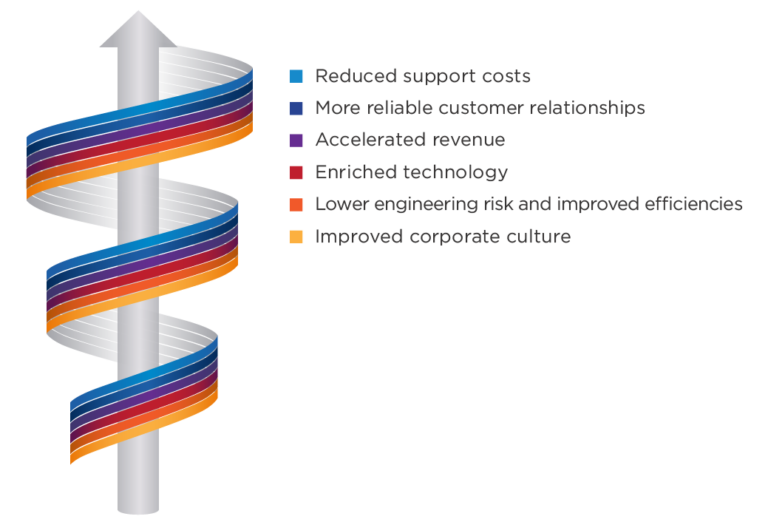
Tangible Benefits of Technical Communication Excellence
In uncertain times, everyone needs to justify their value. Technical communication excellence delivers value in many tangible ways. This article explains them.
Poor Technical Communication Kills
Poor technical communication kills technology products and platforms, and sometimes dissolves the teams, divisions, or companies that create great technology, but fail to explain their tech effectively.
The murder often happens early on, just as the technology is coming to life, while brimming with great promise for an improved future. But when a technology suffers from poor technical communication, it sometimes never launches, or if it does, it fails soon thereafter.
Even a somewhat successful technology is often hampered/maimed/injured/stunted by poor technical communication. While not fatal, the malady of poor technical communication unnecessarily impedes it from ever reaching its true potential.
Thankfully, these situations can be avoided. By pursuing technical communication excellence (TCE), inventors of new technology can mitigate risk across key facets of their operation, and increase their chances of seeing their technology reach its maximum potential.
- Technical communication encompasses all communication related to a particular technology. Technical writing and editing, UX writing and design, internal and external messaging, content strategy, technical support, and training are all aspects of technical communication.
- Technical communication excellence is achieved when communication about a product, process, or technology conveys the maximum understanding at the lowest aggregate cost.
- Maximum understanding value, in an ideal sense, means that everyone who is curious about a product or technology can easily know everything they need to know about how to use that technology to their maximum benefit, and do so flawlessly, happily, with no questions asked, forever. While this ideal isn’t feasible in its purest sense, it’s worth pursuing, and that pursuit leads to excellence. In a competitive market, the product or technology that comes the closest to realizing this ideal is often rewarded the most.
- The lowest aggregate cost combines the producer’s cost of creating the communication with the consumer’s cost of effectively receiving the communication.
On the producer side, creation costs include everything involved in production. Common production costs include:
- Writers, editors, and designers
- Content authoring and management software and systems
- Electronic hosting and distribution (email, SEO, campaigns)
- Printing and distribution
- Artwork and photography
- Engineering reviews
- Legal reviews
Often overlooked, producer costs also include the cost of time that can be reduced by TCE. These costs include time spent by:
- Software developers explaining how their product works
- Tech support explaining how it works
- New engineers trying to understand how it works
- Salespeople trying to understand how it works, or worse, mistakenly explaining how they think it works
On the consumer side, the costs include the effort users spend trying to make effective use of the communication. These costs are almost always overlooked. They include the time and effort the user spends to:
- Find relevant information and explanations
- Understand the content as presented
- Transform the information so it becomes useful to the user’s needs in performing their task
- Take effective action based on accurate understanding of the new technology
Obstacles to Technical Communication Excellence
Some people don’t understand the value of technical communication excellence and the leveraged ROI it delivers. Even those who oversee technical communication work might view it as a necessary, but annoying, distraction. When managers don’t appreciate the potential value of TCE, they’re less likely to create a positive environment for producing it.
Tech writers sometimes feel powerless in addressing the problem. Instead of tackling this basic ROI issue head on, they resign themselves to passively accepting that some people don’t understand or appreciate the value their work delivers. Over time, some writers might even begin to doubt the value of their own work.
Further, TCE tends to be mostly invisible to users of a technology. Excellent technical communication is rarely noticed, but makes users think they’re using a great product. They don’t notice how easily the UX presented the product capabilities, how effectively the help system answered their questions, or how concise the API reference was. They tend to associate the value of TCE with great products and don’t stop to think about what makes the product so great.
Of course, they do notice when they’re using bad documentation, and that negative experience impedes adoption, erodes loyalty, tarnishes brand equity, and makes future sales more difficult.
Tangible Benefits of Technical Communication Excellence
TCE delivers value through benefits in several important areas, and these areas provide value to both producers and consumers of TCE:
- Reduced support costs
- More valuable customer relationships
- Accelerated revenues
- Enriched technology
- Lower engineering risk and improved efficiency
- Improved corporate culture
These benefits are summarized in the following table, and explained in detail below.

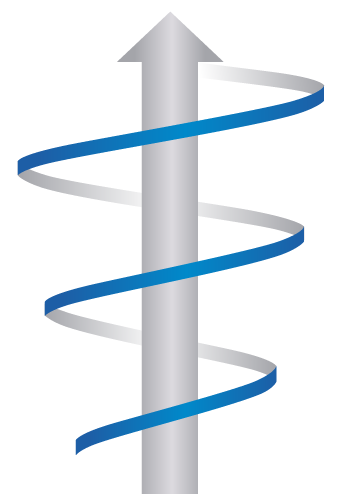 Reduced Support Costs
Reduced Support Costs
Support cost reduction is probably the most widely understood benefit of TCE. When a customer can figure out how to do something on their own by reading the documentation, they don’t need to email, chat, or call for help. Businesses can easily justify hiring tech writers to reduce the cost of tech support.
A more subtle but related benefit is that the quality of support is also improved by TCE. Great documentation often eliminates the simplest, highest volume inquiries, letting support resources focus on complex challenges, and in so doing, deliver more value to the customer.
Customers also benefit from avoiding the interrupt of support calls. When customers get in the habit of turning to documentation instead of calling for help, they get more work done faster. This leads to more perceived value for the technology, and increased satisfaction.
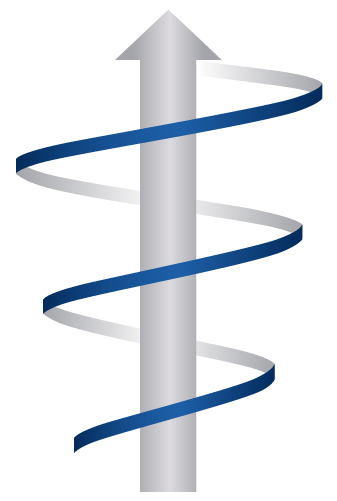 More Valuable Customer Relationships
More Valuable Customer Relationships
When customers independently accomplish more of their own goals with a technology, their satisfaction with that technology—and its vendor—increases dramatically. Improved customer success leads to better retention and increasingly more valuable customer relationships.
These better customers:
- Have a higher perceived value of the technology
- Buy again, renew, expand, and refer new business
- Shop the competition less
- Become less price sensitive, and more reasonable about other contract terms
- Offer to share plans and future requirements
- Transcend the typical vendor/buyer relationships to become true partners
- Sometimes become advocates or evangelists
Because achieving customer success is so valuable, an entire sector of the tech industry has sprung up to facilitate and measure customer success.
Beyond tools and metrics, the heart of customer success involves customers achieving their own goals. Good documentation enables customers to become more self-sufficient, deepens their product understanding, encourages broader adoption, and accelerates their path to success.
These positives for the customer help the provider. They lead to better reviews and a generally better perception of the provider by the customer community.
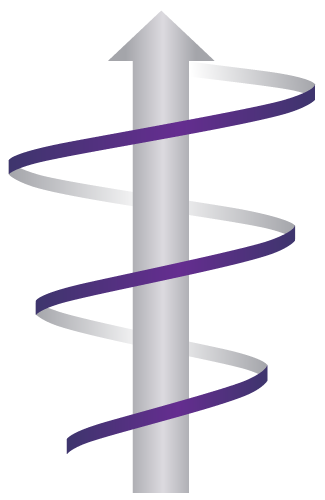 Accelerated Revenues
Accelerated Revenues
Creators of high-volume products are sometimes forced to delay the shipment of new products (and associated revenues) until the essential documentation is ready. If you ship before the documentation is ready, support costs and dissatisfaction with the product can skyrocket. In many cases, documentation tools and business processes don’t reliably meet the needs of the business. With TCE, modern production systems and streamlined business processes help avoid these delays.
Shipping on time is also important for upgrades, which often include bug fixes and new features that resolve pressing customer problems. Upgrades can trigger additional revenues. By adopting a TCE process, you can minimize the chances of revenue delays caused by late documentation.
TCE helps acquire new customers, too.
Today, almost all software is available to anyone considering using it. By signing up for a free trial, prospects download and use software products before they buy. During the trial period, they’re not trying to learn how to use a product they’ve purchased, they’re evaluating a product against its alternatives before they buy.
Great documentation helps each prospect accomplish their goals within the trial, and their success leads to a purchase, converting more prospects into customers.
In contrast, poor documentation leads prospects to exit trials without purchase.
Losing a prospective customer after the trial period is a bad triple whammy for the provider. 1) You don’t close the business; 2) You help your competition because those who abandon your product keep shopping until they succeed with a competitor; and 3) Those prospects share their experience on social media, delivering negative brand equity in your community.
Helping trial users succeed is good for the prospect/customer, too. Few prospects shop for the sheer joy of it. They’re searching for a solution to a problem, and the sooner they find that solution, the better. Great documentation helps users visualize, attain, and appreciate how the product they’re evaluating solves their problem. A quick, positive evaluation allows the trial user to reach a decision quicker, and move on to their next task.
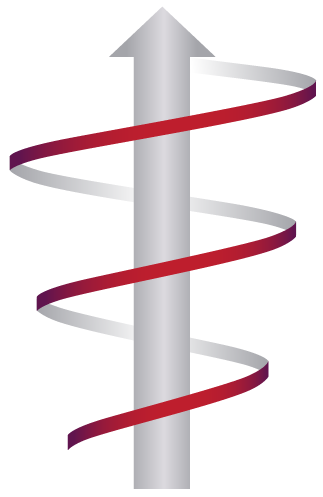 Enriched Technology
Enriched Technology
When a software company adds a really good technical writer to their team, the writer typically starts by reading whatever the engineers have already written about the software. Sometimes, that writer is the first person from outside of the core development team to read all of the developer docs and learn about what the team is doing. Inevitably, they ask questions about the product in an effort to understand.
As the writer asks about the software features, how the information is organized, and the purpose of the design, the engineers themselves often discover unrecognized design flaws, organizational issues, or naming conflicts that need to be fixed. The writer’s questions can help developers see new and improved ways of delivering functionality. Many times, this improved technology also has the benefit of being simpler to code and easier to explain to anyone who joins the team later.
When engineers answer questions from tech writers, they reflect upon and explain their technology. Often, this basic process helps spark insights and new ideas. During these discussions, engineers often recognize easy changes to make the software more efficient and easier to understand.
This happens because a good tech writer brings the perspective of a smart customer to the discussion. When conducted well, these productive, energetic conversations help the engineers invent better products and help the writers create better documentation.
All of this, of course, benefits the customer. Better products and better documentation delivers more value sooner. Everybody wins.
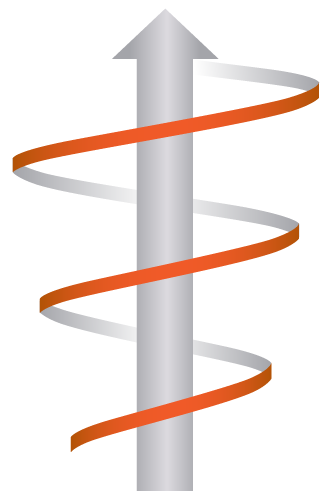 Lower Engineering Risk and Improved Efficiency
Lower Engineering Risk and Improved Efficiency
While TCE often focuses on prospects and customers, the same techniques also deliver tremendous value when applied internally.
On software development teams, tech writers often create and maintain internal documentation that explains programming conventions, syntax, glossaries, and other reference materials. Over time, these materials help new team members answer their own questions, and reduce the number of interruptions the core team has to accommodate.
Clear and thorough product documentation reduces the cost of onboarding new team members and helps the team as a whole understand the product better. Plus, documents that explain internal systems architecture and designs provide some insurance against the loss of intellectual property if a key developer exits the team.
Great internal documentation mitigates the downside risks of key software architects leaving the team. Effective documentation captures and reflects how these architects organize the concepts inherent in the technology, and how those concepts relate to each other. This internal documentation becomes invaluable when key members move on to new opportunities, and the remaining engineers need to carry on without them.
Even when such defections happen with no docs in place, experienced senior technical writers can dive into the code to understand what’s there, how it’s organized, and how it works. Such projects are called software archaeology because of the similarities of this work to traditional archaeologists who sift through sand to understand and reconstruct lost cultures.
Lowering the ongoing engineering risk associated with products is good for the customers, too. When an engineering team communicates more effectively, updates and upgrades are more likely to ship with more regular predictability. The resulting reliable consistency leads to fewer surprises, and more satisfied customers.
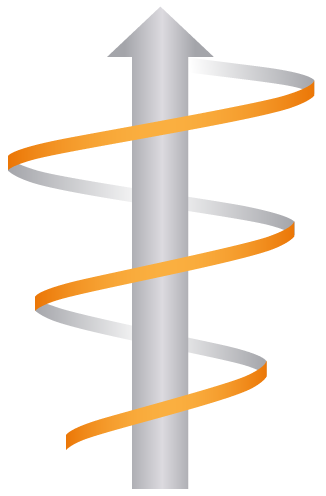 Improved Corporate Culture
Improved Corporate Culture
Consider how people talk about work with their coworkers across the organization. Such communication tends to be infused with spin imposed by an unspoken agenda. Members of accounting, sales, finance, marketing, engineering, and other departments focus on their own group’s goals within the corporate structure. Almost everyone has an agenda.
Anyone who works inside a company for any length of time eventually learns how this game is played. Based on feedback from colleagues and coaching from mentors and managers, they learn what to say, what not to say, when to say it, and when not. They develop a sense for what goes in an email, and what is better left to a phone or hallway conversation.
Now consider the role of the technical writer. Good technical writers focus their efforts on the tasks the customer is trying to accomplish, explain what they need to understand, and then write instructions about how to accomplish those tasks. Looked at another way, technical writers have the explicit charter to understand the truth and plainly explain it.
While everyone else in the organization tends to weave their agenda into their communication, technical writers can’t spin how the technology actually works.
Aspiring to TCE leads to promoting values of integrity, honesty, transparency, and truth throughout an organization. Emphasizing these values (and others) leads to better collaboration, improved efficiency, and over time, more value for all of any organization’s stakeholders.
Summary
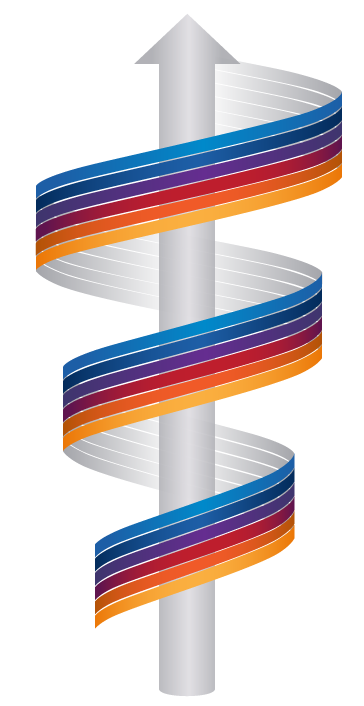
TCE promises to deliver these tangible benefits to an organization and its customers:
- Reduced support costs
- More valuable customer relationships
- Accelerated revenues
- Enriched technology
- Lower engineering risk and improved efficiency
- Improved corporate culture
While TCE is tremendously valuable in attaining these benefits, there are still challenges. Maximum success requires nearly flawless execution. With an ongoing commitment, incremental improvements can raise your level of excellence, move your organization closer to the ideal, and help you realize the benefits of technical communication excellence.
Of course, great technical communicators who can deliver TCE have even more to offer, and their impact goes well beyond the workplace, but that’s another story.
If you’ve read to this point, you’re likely someone who cares about helping others understand the value of TCE. What’s been your experience in helping others understand these benefits? What has worked for you? What hasn’t? We’re interested to hear from you about this topic, so share your thoughts below.
If you’re a technical writer, we’d especially like to hear from you. We’re always actively recruiting the very best to join our elite team. Check out our careers section and current jobs page and send us your resume and writing samples if you’re a candidate.
Of course, if you need help with technical communication of any kind, we want to hear from you, too. Chances are we’ve encountered similar challenges, and can share ways to overcome them. Let’s talk when the time is right, and explore how we can support your efforts.
As always, we invite you to sign up for our email list so we can let you know about important posts and updates.
![]()
This article is the result of a collaborative effort among Expert Support staff
More Library Articles
- The Tangible Benefits of Technical Communication Excellence
- The Ideal Documentation Suite for Software Developers
- The Ideal API Reference
- Developmental Editing
- Did You Know You Can Rent a Doc Manager?
- Quick and Easy Document Specifications
- Schedule Chicken: Knowing When to Commit to the Impossible
- How to Work with a Tech Writer for the Best Results